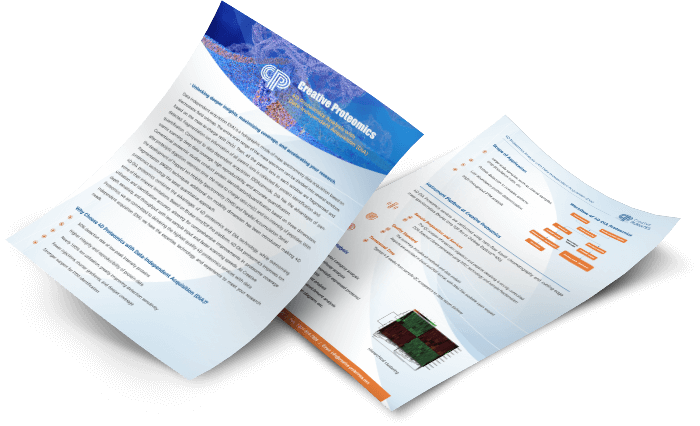SWATH-MS
Sequential Window Acquisition of all Theoretical Mass Spectra (SWATH-MS) a specific variant of data-independent acquisition (DIA) method, supports quantitative analysis of peptides up to 9000 of proteins with high quantitative accuracy and consistency. The basic principle is that ions are selected based on the change in the electric fields between quadrupoles. The first quadrupole Q1 selects ions with a certain mass/charge ratio, and the second quadrupole Q2 acts as the collision chamber to induce fragmentation reaction, and then scans the debris ions in a TOF. Complete identification and quantitative analysis (MS/MSALL) of virtually all detectable compounds in the sample can be performed simultaneously with a single analysis. It divides the scanning range into a series of intervals at 25 Daltons, and obtains all debris information of all ion fragments within the scanning range through ultra-high-speed scanning. Taking the common scanning range of 400~1200 in proteomics sample analysis as an example, each 25 Dalton is used as a scanning interval (SWATH), and each SWATH is set to a scanning time of 100 ms. The total scanning range needs 32 SWATH (1200-400/25=32). Only 3.2 seconds are needed to complete a scan. Therefore, the SWATH technique is a truly panoramic, high-throughput mass spectrometry technique. At the same time, it also solves the problem of low repeatability of shotgun identification. With advanced triple-TOF 5600 mass spectrometry system, SWATH has high accuracy and dynamic range in quantitation analysis. Different from the traditional mass spectrometry quantitative method, the SWATH technology-based quantitative method directly constructs the XIC of secondary fragment ions, and every point on the curve has sufficient mass spectrometry evidence, which greatly increases the quantitative accuracy and reproducibility.
Workflow

Analytical Platform
AB SCIEX Triple-TOF 5600-plus, Q-Exactive, Orbitrap Fusion.
Bioinformatics Analysis
| Problems to be Solved | Bioinformatics Analysis |
| Quality Assessment of Protein | SWATH Data Analysis |
| Protein Comparison of Different Samples | Multivariate PCA Analysis |
| Protein Statistical Analysis | Venn Diagram |
| Volcano Plot |
| Functional Annotation | KEGG Annotation |
| GO Annotation |
| COG Annotation |
| Clustering Analysis | Hierarchical Clustering |
| K-Means Clustering |
| Network Analysis | STRING Analysis |
Key Features
- High throughput, identify and quantitate up to 9000 proteins at once
- High accuracy and repeatability
- Quantitatively identify nearly all detectable proteins, including low abundance proteins
- Pre-experiment method making is unnecessary
Applications
- Large-scale quantitative analysis of protein
- Biomarker discovery and validation
- Target discovery
- Mechanism and regulation mechanism research
- Pathological study of disease
- Genetic association study
- Microorganisms proteomic research
- Crop proteomics research
Sample Requirements
Based on our special protein extraction technology, we can quickly extract proteins from various samples and design personalized experimental schemes according to different experimental purposes. Specific requirements are as follows:
| Sample Type | Protein | Cell | Animal Tissue | Plant Tissue | Blood | Urine | Serum | Microbes |
| Quantify | 100 ug | 1×107 cells | 1 g | 200 mg | 1 mL | 2 mL | 0.2-0.5 mL | Dry weighed: 200 mg |
Note:
- Please prepare enough dry ice or ice packs to ensure low temperature during sample delivery.
- Our service is for research use only and is not intended for diagnosis.
Reports
- Experiment report
- Relative parameters of the mass spectrometer
- MS raw data files
- Bioinformatics analysis
- Peptide/Protein identifications and intensities
* For Research Use Only. Not for use in the treatment or diagnosis of disease.



 4D Proteomics with Data-Independent Acquisition (DIA)
4D Proteomics with Data-Independent Acquisition (DIA)